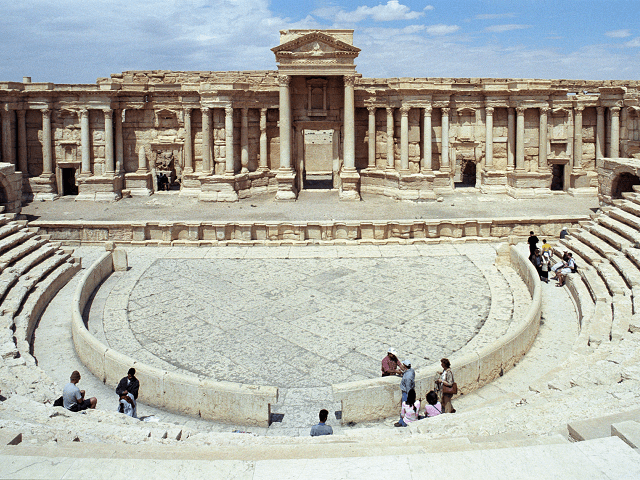
A Roman-built ampitheatre has been used for the public execution of captured prisoners of war before an audience for the first time in perhaps 1,500 years, after ISIS forces captured the classical ruins at Palmyra last week.
The Syrian Observatory for Human Rights reports twenty prisoners, thought to be captured Syrian soldiers who had attempted to defend the ancient city from the Islamic State, were put to death before an audience of militants and locals. The observatory reports the ampitheatre dead were just a few of the near-70 executed in the area so far, on suspicion of being enemy forces, or giving them shelter, reports The Independent.
The 2,000 year-old ampitheatre is just one building in a captured city of ancient ruins, which are considered some of the best preserved in the world.
The deliberate destruction caused to other ancient monuments captured by the Islamic State – which have been smashed with pneumatic drills and sledgehammers, have caused widespread concern worldwide over the future of the UNESCO listed world heritage site at Palmyra.
The execution of captive soldiers and criminals became widespread in ampitheatres accross the Roman world after the establishment of the Pax Romana during the reign of emperor Augustus (31 BC – AD 14). Criminals were sometimes required to act in plays where characters were required to actually die on stage, while others were executed in groups en masse by soldiers – just as the Islamic State did this week.
The practise in antiquity continued in one form or another until the early days of the Byzantine empire, when human killings for entertainment was abandoned in favour of executing animals for public amusement.
The Islamic State now holds over half of all Syrian territory.
